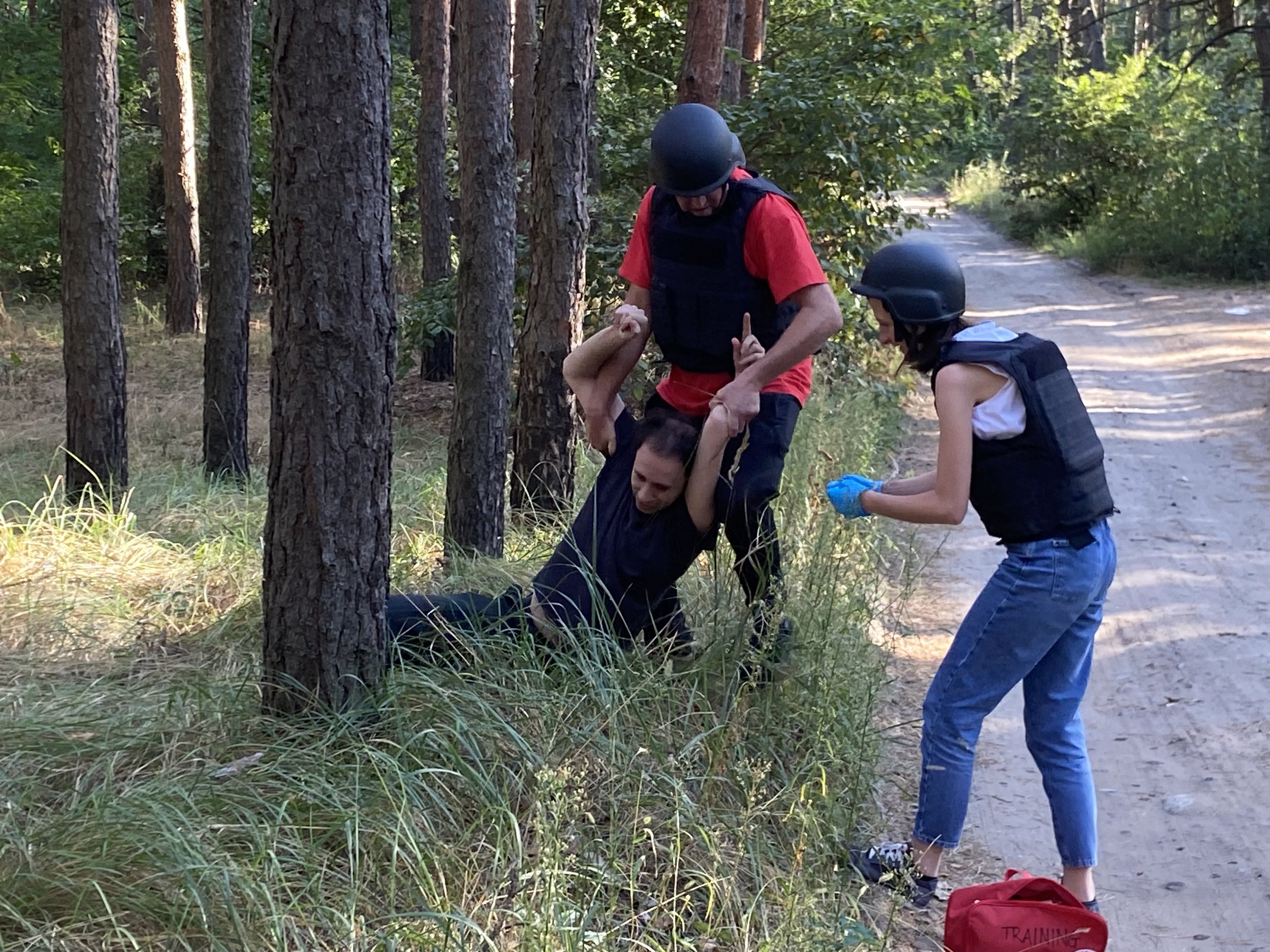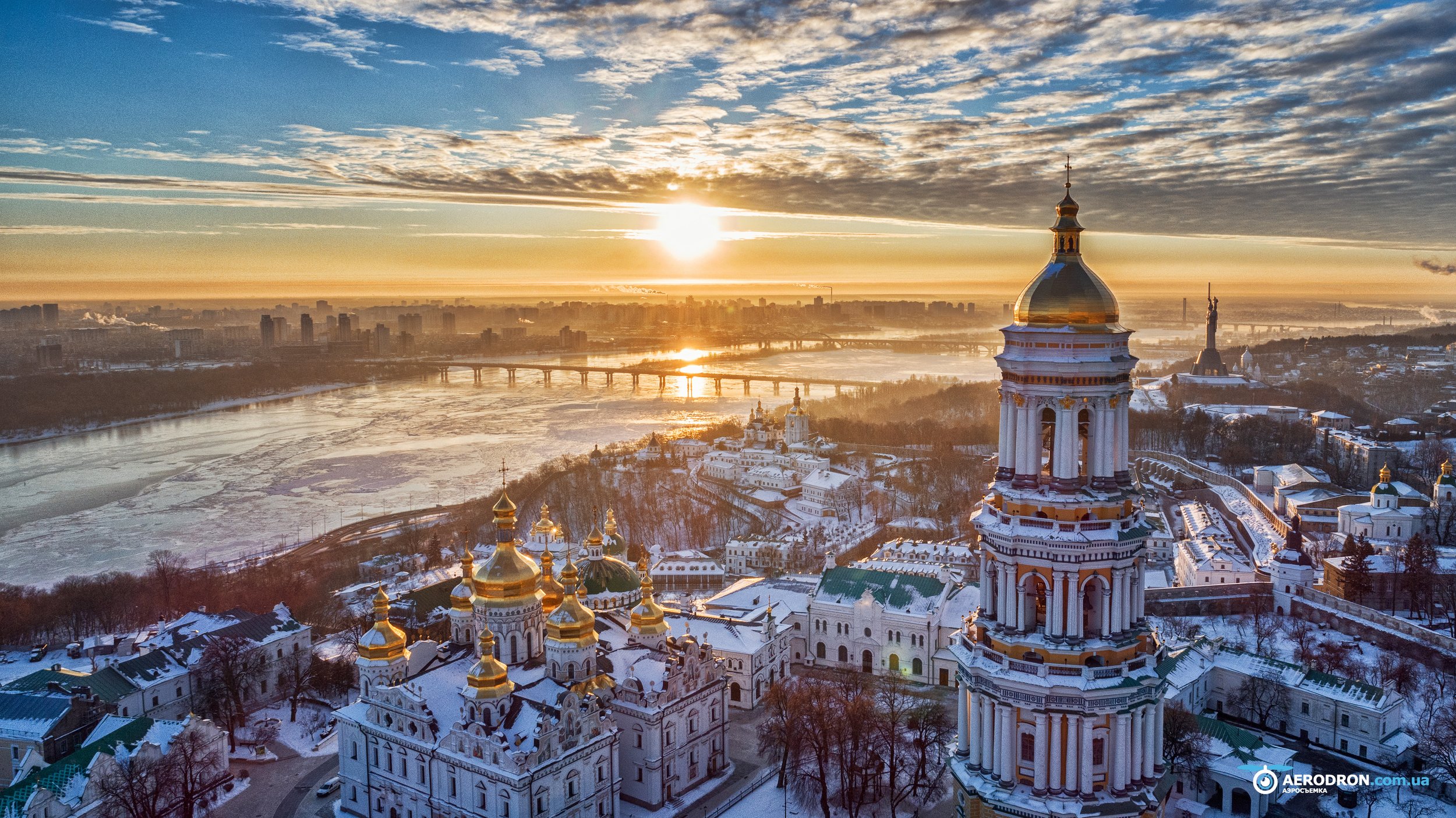US support package can’t come soon enough
Yesterday at around midday a loud explosion rang out across Dnipro city. Sitting in my flat, my heart sank somewhat, given the train station had been hit just the day before, killing three civilians. As I moved away from the window towards the bathroom, I could see the plume of smoke rising up from towards Dnipro airport- the same airport I used to fly to and from regularly prior to 2022.
The sirens sounded up. I’m not sure whether they’d been activated prior to the strike, but if they were, we’re talking seconds, not minutes.
Subsequent scouring of Russian propaganda channels eventually showed the strike in detail. What appears to be a lone Ukrainian MiG-29 sitting on the tarmac is filmed from the sky with a maintenance crew working around it. A powerful explosion metres away leaves the plane in flames and the fate of the ground crew unknown. The same channel claims Russian forces have destroyed four MiG-29s in the last 3 days alone, as well as an S-300 air defence system, also in the Dnipropetrovsk Oblast.
Ukraine doesn’t have many planes to lose, so losing another, let alone four, is a bitter blow. But yesterday’s strike says something more than just the loss of an aircraft. That the sirens seem to be delivering less and less warning (read Dan Hooton’s blog here) suggests new vulnerabilities in Ukraine’s air defence; perhaps new weapons on the Russian side, perhaps loss of radar systems on the Ukrainian side, perhaps both. But no longer are missiles being intercepted with the same success as 6 months ago.
Ukrainian MiG-29 targeted at Dnipro Airport
Even more tellingly, that the strike was filmed so clearly from above demonstrates that Russian ISTAR* assets are now able to penetrate Ukrainian territory with virtual impunity. (Connected or not, at least one damaged Patriot system was photographed being shipped to the US this week). The release of footage of the strike into the public domain suggests Russia isn’t even playing that card close to its chest: the propaganda capital is worth more than the perceived risk of letting Ukraine know its new capabilities. Indeed, the Rybar Telegram channel was quick to gloat about getting UAVs over Dnipro, up to 120km from Russian lines- “a new record”.
The issue of Russia’s creeping frontier of air superiority is not limited to Dnipro. We released a Spot Report earlier this week about what this means for Kharkiv currently, and implications for the Sumy and Chernihiv Oblasts, too.
It is clear then, that the US House’s approval last night of the $61bn aid package is crucial, particularly for air defence, as is Europe’s pledge this week of up to seven Patriot systems. Long range surface- surface missiles, such as ATACMS, will also play a role, pushing Russian air bases further to the rear and potentially making Russian jets more vulnerable as they are forced to spend longer in the air. While Storm Shadows/SCALP are capable, they require air launching and Ukraine doesn’t have many planes left, much less to lose. Meanwhile, Germany is still hesitating to hand over its Taurus system. The impact (and indeed the delivery!) of F-16s is yet to be seen. Either way, given the darkening skies over Dnipro, Kharkiv and elsewhere in Ukraine over the past few weeks, it’s clear that this aid package may only just be in the nick of time.
A damaged Patriot system being delivered to the US
*Intelligence, Surveillance, Target Acquisition and Reconnaissance










